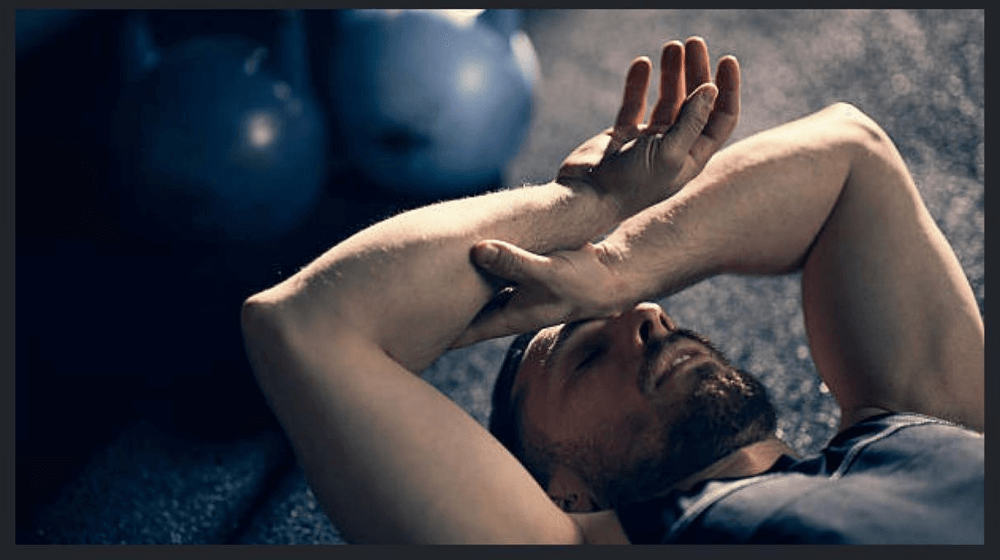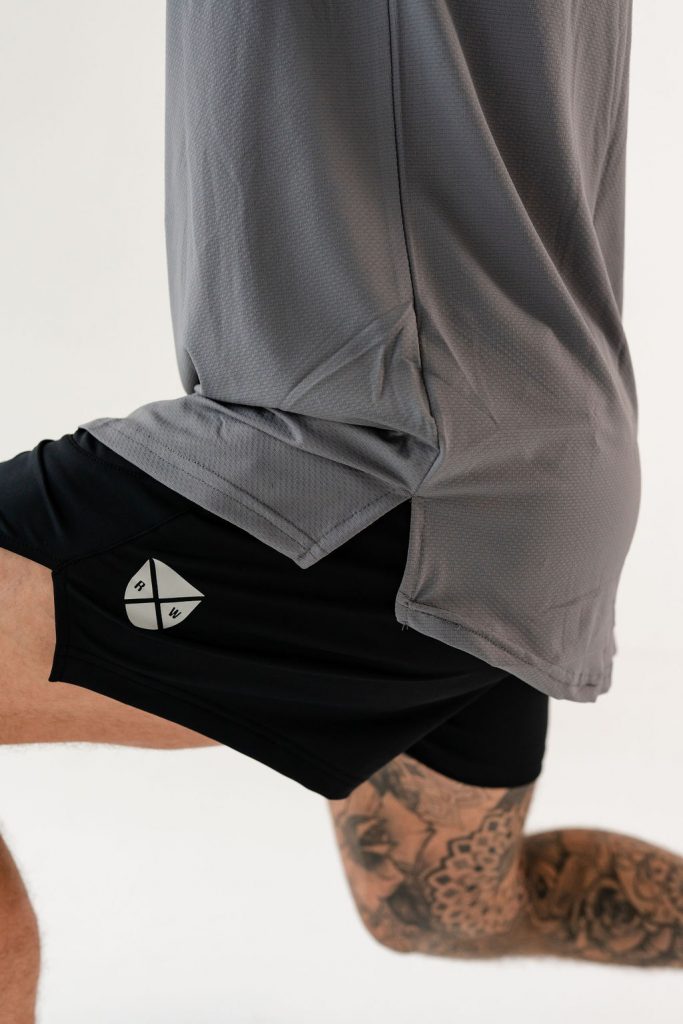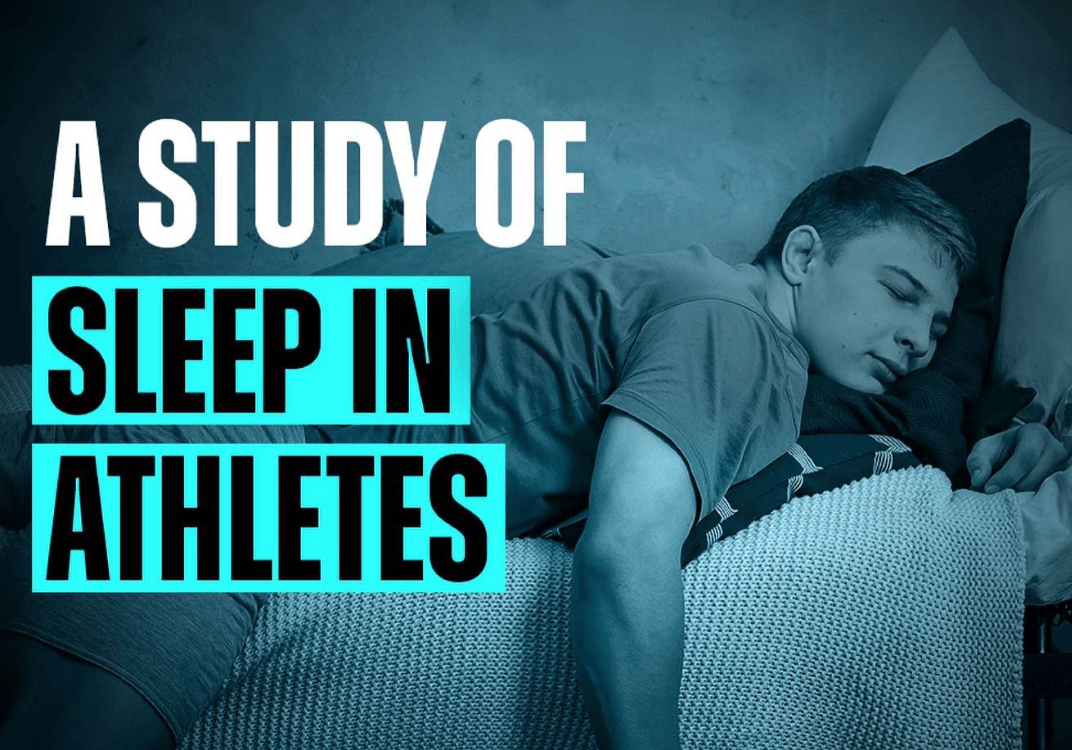Many people believe that sleeping is unproductive and that they can get by with less. However, recent studies have shown that sleep is incredibly important for athletes and can greatly affect their performance.
In this blog post, we’ll take a deep dive into the world of sleep and athletics. We’ll explore the benefits that athletes can gain from getting enough sleep, as well as the negative effects that a lack of sleep can have on their performance. So grab your pillow and let’s get started!
R.E.M Sleep
Normal human sleep comprises two main types: non-rapid eye movement sleep (non-REM) and REM sleep. Non-REM sleep is divided into three stages, representing a continuum from ‘light’ sleep in stages 1 and 2, through to ‘deep’ sleep in stage 3.

The duration and composition of normal sleep changes across the life cycle. At the ages most relevant to aspiring and established athletes, a sleep of 8–10 hours for an adolescent (aged 15 years) contains approximately 57% light sleep, 22% deep sleep and 21% REM sleep

A sleep of 7–9 hours for a young adult (aged 30 years) contains approximately 61% light sleep, 16% deep sleep and 23% REM sleep.
Sleep is essential for the brain and the body. Protocols with one or two nights of total sleep deprivation or 1 or 2 weeks of partial sleep restriction have been used to demonstrate the importance of sleep for both mental and physical health.

In particular, sleep loss impairs cognition, learning and memory consolidation and mental well-being; it disrupts the growth and repair of cells, metabolism of glucose and lowers the protective immune response to vaccination and resistance to respiratory infection.
The prevalence of sleep inadequacy has been reported to be high among elite athletic populations who often experience disruptive training and competition schedules that limit the opportunity for sleep.

This is characterised by habitual sleep duration of less than 7 hours, sleep dissatisfaction, unrefreshing sleep, long SOL (sleep onset latency – time taken to fall asleep), day-time sleepiness and daytime fatigue.
A causal relationship exists between participation in elite sport and sleep inadequacy. Athlete sleep is influenced by various sport-specific factors and also by societal factors (eg, the pervasive use of smartphones and social media in an ‘always connected’ society)
SPORTS FACTORS FOR SLEEP DISTURBANCE IN ATHLETES
- High training loads (physiological arousal)
- Unfamiliar sleeping environment (cognitive arousal)
- Early morning training (start less than 8:00 schedule)
- The night before Competition (cognitive arousal)
- Long-haul travel (circadian rhythm disruption)
- Night Competition (start greater than 18:00; physiological+cognitive arousal)
NON SPORTS FACTORS FOR SLEEP DISTURBANCE IN ATHLETES
- Family commitments (children, spouse)
- Individual characteristics (age, gender, disability)
- Lifestyle choices (diet, caffeine, leisure)
- Attitude and beliefs (societal influence, individual expectations)
- Work/study commitments (sponsorship demands, study or work demands)
- Social demands/ needs (friends, social media)
In addition, sleep disturbances are frequently reported as one of the many symptoms of over-reaching/overtraining. This finding has been demonstrated through athlete self-reports of difficulties initiating sleep, restlessness and heavy legs during sleep.
A ‘SLEEP TOOLBOX’ FOR PRACTITIONERS: EVIDENCE-BASED PRACTICE
Practitioners need to be equipped with tools to overcome these challenges to optimise sleep in athletes for better athlete health, well-being and success.
Tool #1:
Encouragingly, sleep education presentations ranging in duration from 30 to 60 mins. have been shown to increase sleep duration by an average of 20–90min.
Tool #2:
Sleep screen athletes and refer for help when needed
Sleep screening has become an integral part of managing athlete health, allowing practitioners to identify sleep problems and refer athletes to a sleep specialist for clinical diagnosis, when necessary.
Tool #3:
Encourage nap opportunities
A nap is considered daytime sleep and purported benefits include improvements in alertness, concentration, motor performance and mood.
Athlete Sleep Education – Five tips to educate athletes on the importance of sleep
Tip no. 1 Night-time sleep quantity
A range of 7–9 hours is appropriate for healthy adults and 8–10 hours for teenagers. However, experts speculate that athletes need more to recover from the physical and psychological demands of the sport. The amount of sleep athletes get may need to increase depending on the training load of the sport and the age of the athlete.
Tip no. 2 Daytime sleep quantity (naps)
When schedule changes are not possible, napping can supplement insufficient night-time sleep. But a nap can also be beneficial for those just wanting a boost in alertness.
Tip no. 3 . Good sleep hygiene
Sleep hygiene includes the habits necessary to have good sleep quality and daytime alertness. Research has shown that having good sleep hygiene can improve sleep quality.
Common sleep hygiene habits include:
- Avoiding stimulants (eg, caffeine), alcohol, and heavy meals too close to bedtime
- Adequate exposure to natural light in the morning
- Not lying in bed awake for long periods of time
- A relaxing bedtime routine
- A sleep environment conducive to sleep is cool, dark and quiet.
Tip no. 4 – Sleep and train in line with chronotype (times of day you prefer to sleep or when they are most alert or energetic)
Adolescents are more likely to be evening chronotypes (‘night owls’) due to later melatonin release. The research shows athletes are more likely to be morning chronotypes (‘larks’) but those who are night owls struggle more with their sleep. Avoiding training times early in the morning and late at night allows ample opportunity for sleep and recovery.
Tip no. 5 – Caution when using sleep monitors
Caution must be taken to understand the impact of the feedback from the device on the individual athlete. Some athletes may become preoccupied with their sleep monitor data, which may increase anxiety around sleep and result in worse sleep. Practitioners must weigh both the pros and cons of using sleep monitoring technology for the athletes they are working with.
REFERENCES
Walsh, et al. 2020 PMID: 33144349
P.S You can buy any 3 items from our new range for £50 (saving you £25), We ship globally too.
Use code “3for50” to apply the discount.

